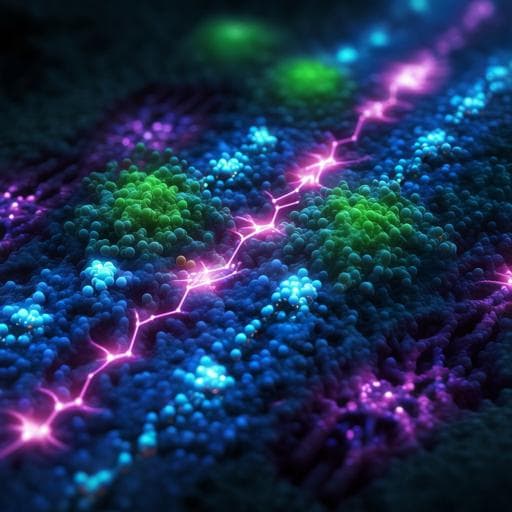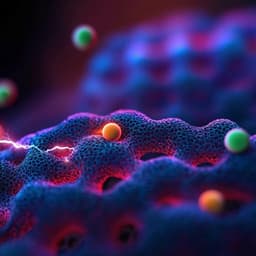
Engineering and Technology
Nanotransistor-based gas sensing with record-high sensitivity enabled by electron trapping effect in nanoparticles
Q. Hu, P. Solomon, et al.
Discover the groundbreaking research by Qitao Hu, Paul Solomon, Lars Österlund, and Zhen Zhang on ultra-sensitive, low-power H₂ gas sensors using nanoscale FETs with Pd nanoparticles. Their innovative approach achieves record-high responses and low detection limits, revolutionizing gas sensing technology.
~3 min • Beginner • English
Related Publications
Explore these studies to deepen your understanding of the subject.







